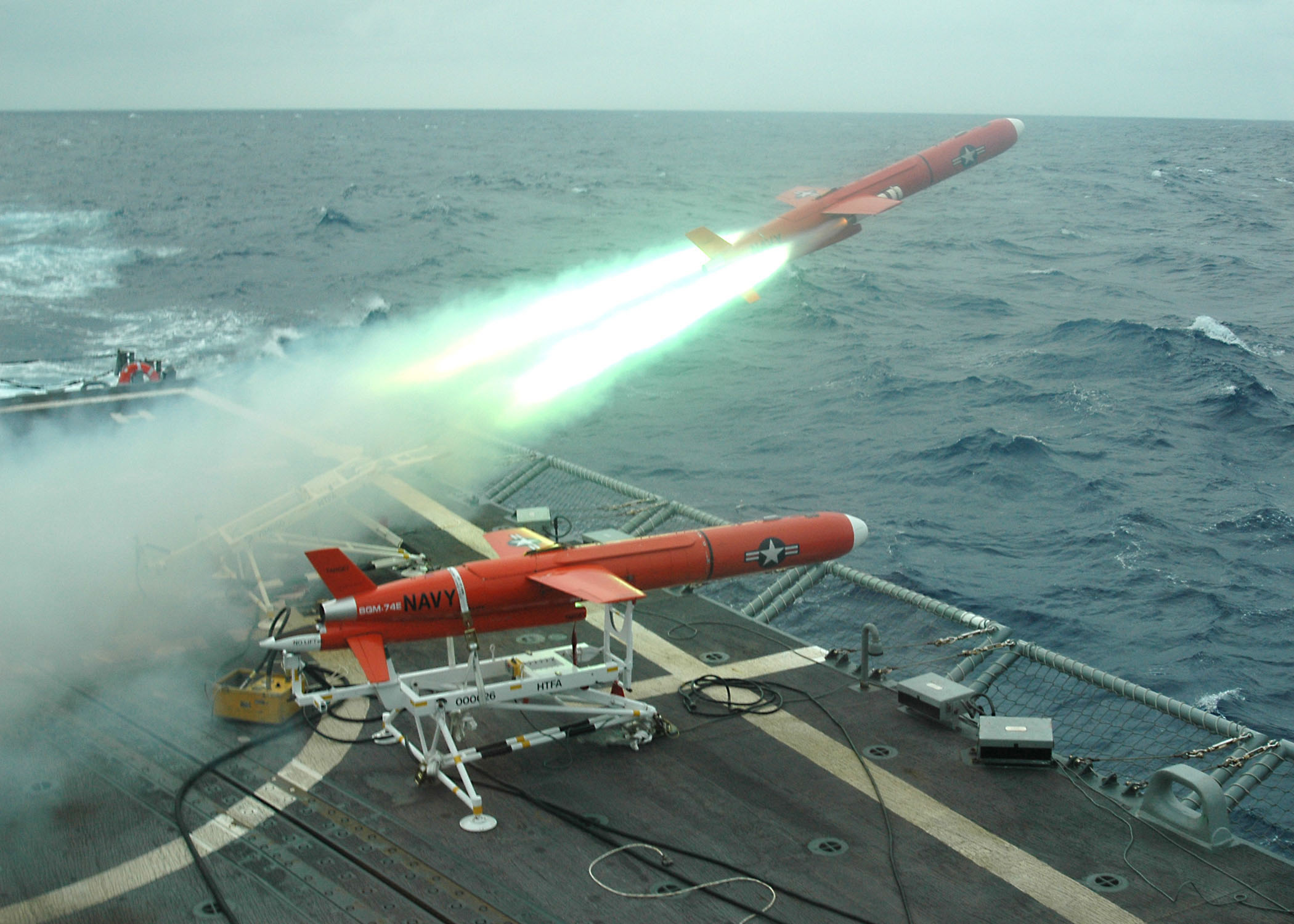By Kathie Malley-Morrison & Anthony J. Marsella
Be not afraid! You are not alone! There are thousands of advocates and activists across the world who are bringing conscience to the struggle for peace and justice. They are willing to endure the dangers of speaking for peace and justice, wherever human and legal rights are violated by people in power.
In the face of abuses and oppression, we recall the iconic peace and justice leaders of the past, including Mohatma Gandhi, Martin Luther King, Jr., Nelson Mandela, Samuel Gompers, Caesar Chavez, Larry Itliong, Rachel Corrie, Philip & Daniel Berrigan, Glenn Paige, Hedy Epstein, and Malcom X. Peace advocates like these are testimony to the enduring human quest to resist oppression and to claim liberty, even when the cost is life itself.
This is the second list of living peace and justice advocates and activists we have compiled and published to celebrate Reverend Martin Luther King’s enduring contributions to peace and justice.
We are eternally grateful for Rev King’s efforts to free people and nations from the brutal oppressions of governments, nations, societies, organizations, and individuals who support racism, prejudice, violence, and war.
We have chosen to demonstrate our responsibilities and commitment to Rev King by identifying another 100 living peace and social justice leaders and models, starting with 50 new names. You will recognize many of the names, while others have not yet received the attention they deserve.
Please help us make the lists grow. The list will include emerging local community activists as well as some who have already attracted media attention. Although our current lists include mostly journalists and academics, we welcome people from other disciplines. Please use the comment section at the end of this post to nominate a wider range of peace and justice activists.
- Abu-Nimr: Mohammad Abu-Nimr
- Adams: Glenn Adams
- Arbuthnot: Felicity Arbuthnot
- Arrigo: Jean Marie Arrigo
- Arredondo: Patricia Arredondo
- Awad: Murbarak Awad
- Baez: Joan Baez
- Barber: Reverend William Barber
- Barnat: Ilyad Barnat
- Bassett: Larry Bassett
- Belle: Deborah Belle
- Bigombe: Betty Oyella Bigombe
- Blackmon-Lowery: Lynda Blackmon-Lowery
- Blume: Art Blume
- Bowen: Kevin Bowen
- Bretherton: Diane Bretherton
- Bryant: Brandon Bryant
- Burghardt: Tom Burghardt
- Cacciatori: Joanne Cacciatori
- Campos: Pam Campos
- Caputi: Ross Caputi
- Carruthers: Charlene Carruthers
- Chappell: Paul Chappell
- Chomsky: Avi Chomsky
- Chossudovsky: Michael Chossudovsky
- Christie: Daniel Christie
- Clark: Ramsey Clark
- Connolly: David Connelly
- Cox: Lynell Cox
- D’Andrea: Michael D’Andrea
- Dunbar: Edward Dunbar
- Correia: Antone De’Jaun Correia
- Degirmencioglu: Serdar Degirmencioglu
- Drake: Thomas A. Drake
- Fihn: Beatrice Fihn
- Finklestein: Norman Finklestein
- Flowers: Margaret Flowers
- Fox: Matthew Fox
- Furtado: Michael Furtado
- Gagnon: Bruce K. Gagnon
- Giffords: Gabrielle Giffords
- Gillotti, Michael Gillotti
- Goldberg: Whoopi Goldberg
- Green: Paula Green
- Hall: Mitchell K. Hall
- Handwerker: Steven E. Handwerker
- Haney: Craig Haney
- Hazare: Anna Hazare
- Hines: Denise Hines
- Jackson-Lowman: Huberta Jackson-Lowman
This is a somewhat condensed version of a post that appeared today on Transcend Media Services. Part 2 will appear 2/19/2018 on this blog.


